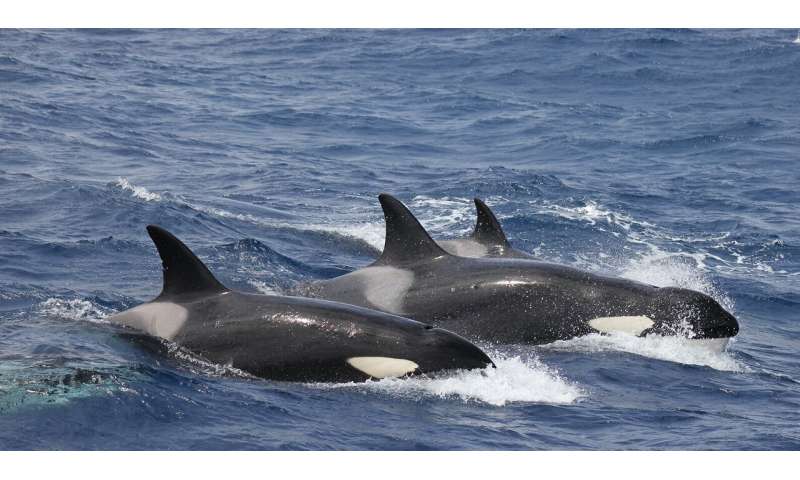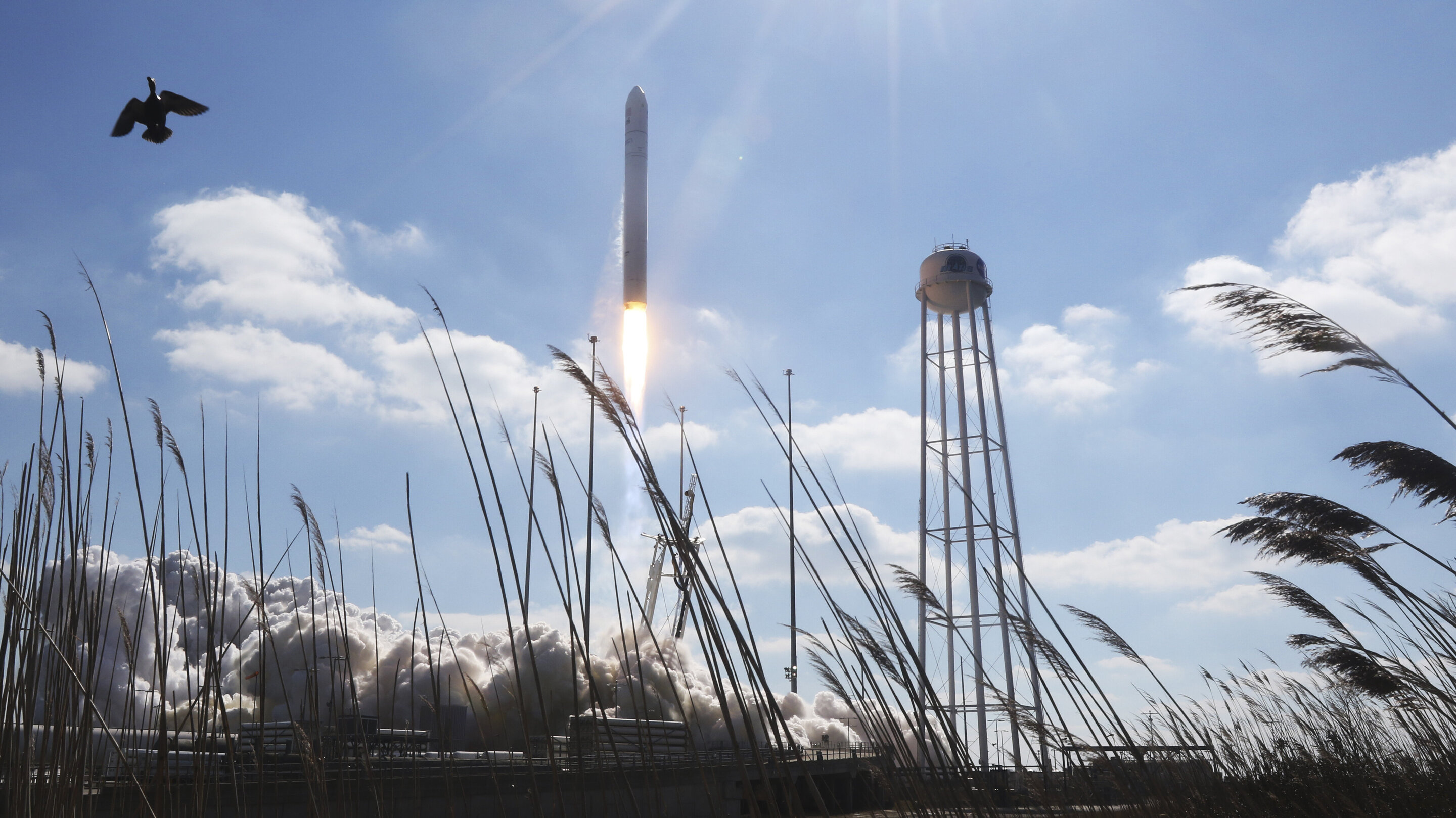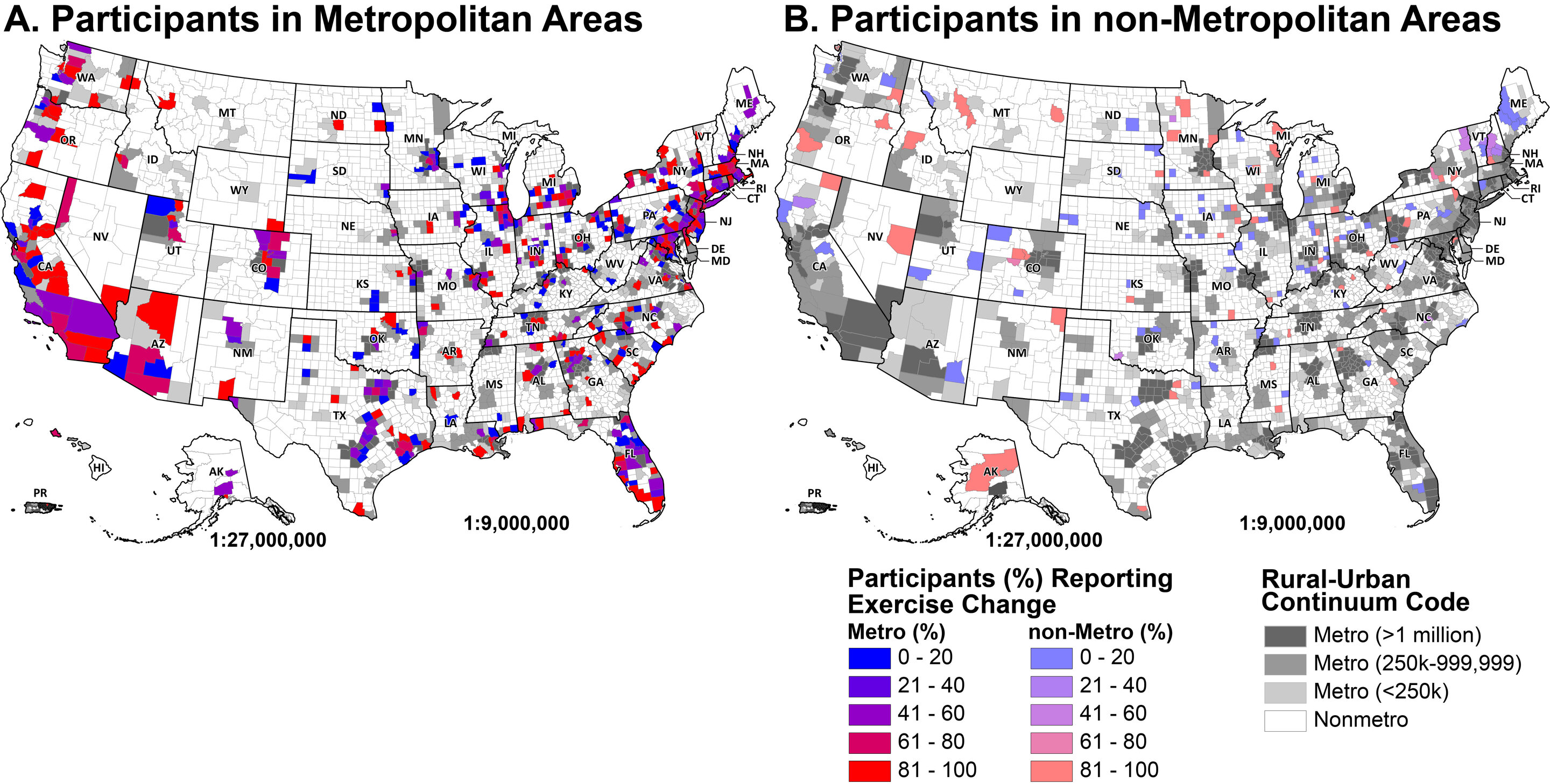#Bremer sub-basin is a killer whale feeding range, and wildlife tourism helps study their behavior
“#Bremer sub-basin is a killer whale feeding range, and wildlife tourism helps study their behavior”

Researchers have uncovered more information about the numbers and habits of killer whales in south Western Australian waters, with a Curtin University study providing the first baseline assessment of the species’ occupancy patterns in the Bremer Sub Basin area.
Killer whales are known to congregate in the area, with the local marine environment providing them with a bountiful food source.
Wildlife tourism vessels operating in the area were used to help collect the study data, a collaborative approach that allowed the researchers to learn more about the notoriously difficult to monitor cetaceans in the region, in a time and cost-efficient manner.
Curtin University Adjunct Associate Research Fellow and Edith Cowan University Associate Professor Chandra Salgado Kent explained the aquatic mammals travel widely, and seasonally congregate in canyon-like areas that are not necessarily easy to access from shore.
“Observational studies are expensive, and because of this, they are often limited. Wildlife-based tourism, however, is happening in this area. By having observers board regularly scheduled tourism trips, our research successfully combined the research with industry,” Associate Professor Salgado Kent said.
“This approach not only has the potential to save researchers money in future observational studies, but having access to more observational data of local cetacean populations could potentially also save the whales.”
Professor Christine Erbe, Director of Curtin’s Centre for Marine Science and Technology, in the School of Earth and Planetary Sciences, said while there had been limited studies of marine wildlife in the area done in the past, the new research added more comprehensive information, creating a detailed snapshot of killer whales in the region.
“The Bremer Sub Basin is full of flourishing biodiversity, with its deep and biologically active submarine canyons being a seasonally preferred place for many cetaceans to call ‘home,’ including sperm whales, beaked whales and killer whales,” Professor Erbe said.
“Humans use the area too, for commercial fishing, transportation and other vessel traffic related to tourism, as well as past and potentially future seismic exploration. Human presence and the risk for associated impacts are growing in this area. Noting this, we set out to create a baseline study to gain a better understanding of what cetacean species were present in the area and what subsea features drive their occupancy, allowing future research studies to measure more accurately and project the potential impacts that these human activities may be having on local whale populations.”
Lead field researcher Curtin Ph.D. candidate Ms Rebecca Wellard explained the study was carried out over a three-year period in the summer and autumn seasons by experienced observers on a commercial wildlife tourism boat and a designated research ship.
All voyages departed from Bremer Bay, following pre-determined routes that converged on the heads of the Hood and Henry canyons. Vessels did not exceed 15 knots, and all surveys were conducted during daylight hours.
“We observers continuously scanned the surface of the water for cetaceans with the naked eye, and with binoculars, logging relevant sighting details such as the date, time, GPS position, group size, group composition and their behavioral state,” Ms Wellard said.
“The behavior state of the killer whales was assigned to one of four categories; we noted if they were traveling, foraging, socializing or milling around.”
A seven-day aerial survey was also undertaken over the Bremer Canyon during the research period, with one pilot and two trained observers in a twin-engine high-wing Cessna 337 aircraft, fitted with bubble windows.
“Quantifying human-induced effects on whale populations is difficult, yet it is necessary, in order to implement optimal management strategies that can hopefully avoid species decline in the Bremer Sub Basin area,” Ms Wellard said.
“Now with the baseline study complete and in place, we hope to understand more about the South West’s cetaceans and continue to monitor them, and ultimately attempt to save the mammals from any unintentional future environmental harm.”
The research paper, titled “Seasonal productivity drives aggregations of killer whales and other cetaceans over submarine canyons of the Bremer Sub-Basin, south-western Australia,” is published in Australian Mammalogy.
More information:
Chandra Salgado Kent et al. Seasonal productivity drives aggregations of killer whales and other cetaceans over submarine canyons of the Bremer Sub-Basin, south-western Australia, Australian Mammalogy (2020). DOI: 10.1071/AM19058
Bremer sub-basin is a killer whale feeding range, and wildlife tourism helps study their behavior (2020, June 25)
retrieved 25 June 2020
from https://phys.org/news/2020-06-bremer-sub-basin-killer-whale-range.html
This document is subject to copyright. Apart from any fair dealing for the purpose of private study or research, no
part may be reproduced without the written permission. The content is provided for information purposes only.
If you want to read more Like this articles, you can visit our Science category.
if you want to watch Movies or Tv Shows go to Dizi.BuradaBiliyorum.Com for forums sites go to Forum.BuradaBiliyorum.Com




